The Turkic Khaganate


There’s a common vision that all rulers have had throughout the history of the world, and that’s been to take it over. However, only a handful of them have been able to achieve this incredible (and frightening) feat, and thus their names have ended up cemented in the history books (for better or for worse).
There’s a lot of complex history that goes into why powerful people did what they did in order to gain dominance, but one thing’s for sure- some leaders were committed to victory, at all costs. You might know of a few of the most powerful empires throughout history, but others have become so forgotten that you may have never heard of them to begin with…
The Achaemenid Empire
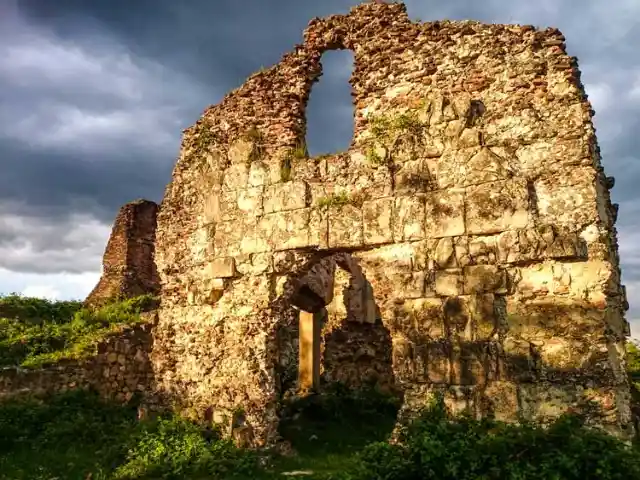
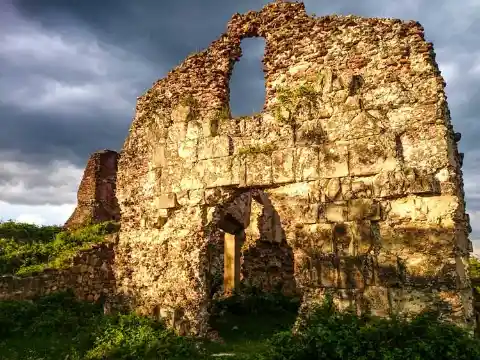
The Turkic Khaganate (that’s right, it’s not “magnate,” it’s “khaganate”) comes in as easily one of the most impressive empires. This used to be one of the world’s largest and most feared bodies, spanning more than 2.32 million square miles at its peak. The Turkic Khaganate saw its demise after a civil war started in 557.
Take a look at any map of the khaganate and you’ll see that it covered a giant portion of the globe. Certainly a rival to be reckoned with!
The Macedonian Empire


History buffs will know that around 550 BC, the Achaemenid Empire (which is also known more commonly as the first Persian Empire) was massive. At the height of the empire, it occupied more than 2.12 million square miles of land. It quite legitimately consumed a giant part of the world.
This infamous empire is also known for its notable fighters, rulers, and overall cultural feats. But like all empires, it eventually fell.
The Akkadian Empire


You probably knew that the Macedonian Empire would be on our list thanks to its famed ruler, Alexander the Great. This empire covered almost 3.5% of the world, and Alexander the Great was so famous that he was often presented as a demi-god or a religious or otherwise extremely powerful figure.
There are numerous pop culture references, including films, portraying the incredible life of Alexander the Great. Some myths, some real, but all great entertainment.
The Roman Empire


The Akkadian Empire is definitely a famous one, and records show that this was the world’s first true empire to ever manifest. The Akkadian Empire is also known for being the largest empire from the dark ancient era (2250 BC). So it had a lot of accomplishments going for it.
The dark ancient era sounds, well, mysterious. Not very much is known about this first-ever empire because it dates from so long ago.
The Rashidun Caliphate
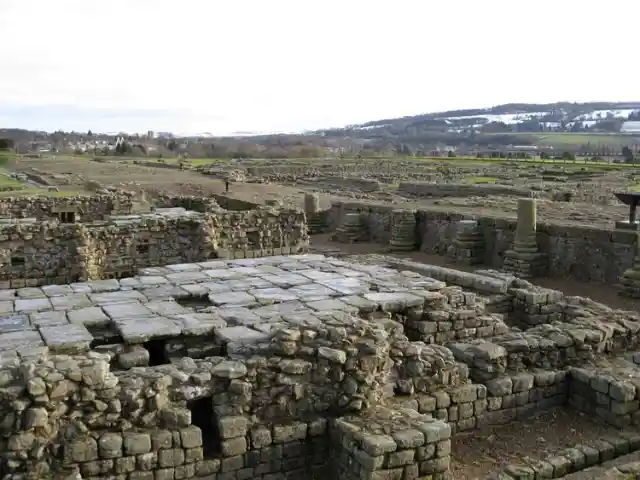
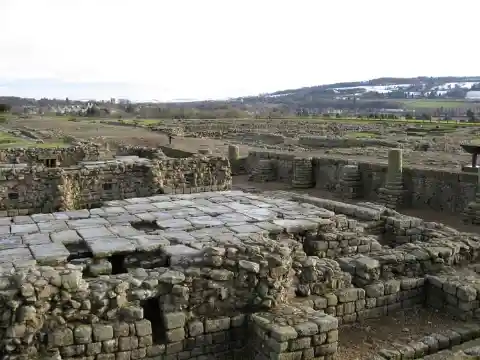
Obviously, the Roman Empire deserves a spot on any list of greats. This was one of the world’s most influential empires, and the war tactics that Roman generals created are still being used to this day. This shows us just how cunning the people who ruled the Roman empire were.
If you don’t know what we mean, maybe the name Caesar will ring a bell. It’s not like that’s become a regular part of our vocabulary…at least when we’re ordering salads.
The Han Imperial Dynasty
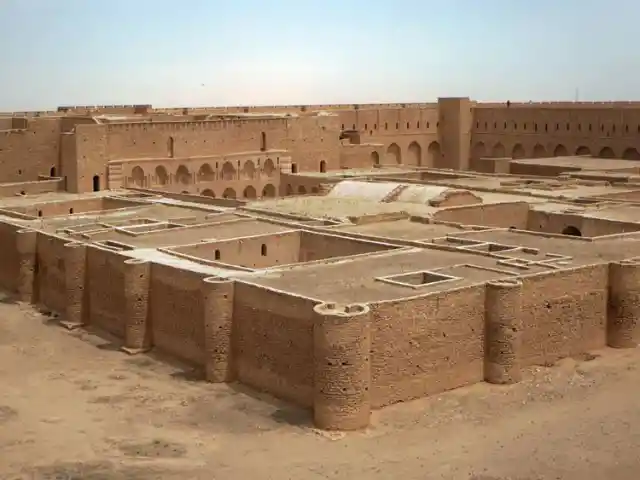
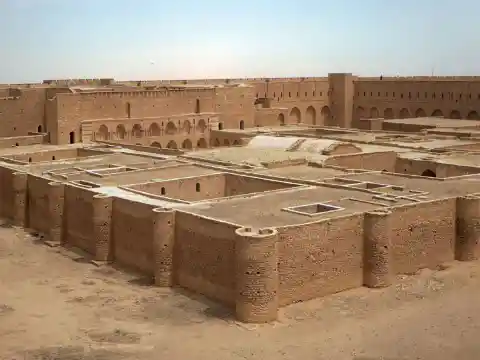
Even though the Rashidun Caliphate might not be as famous as the Roman Empire, it would be pretty tough to forget that the Rashidun Caliphate controlled nearly 6% of the Earth’s entire surface at its height. Now this is impressive, to be sure, but consider how much more that meant given the time.
This empire’s area included parts of Africa, the Middle East, and other surrounding lands. Since areas like North America weren’t up for grabs at that time, this was basically the entire known world.
The Maurya Empire


The Han Imperial Dynasty was a force that was definitely not to be reckoned with, spanning more than 2.51 million square miles at its peak. However, the Han Imperial Dynasty collapsed after multiple coups and revolutions. It was destined to fall, but not before it grew to a historically memorable size.
After this dynasty, another one rose and fell…until imperial China was no more. This marked one of the most turbulent times in Chinese history.
The Western Han Dynasty
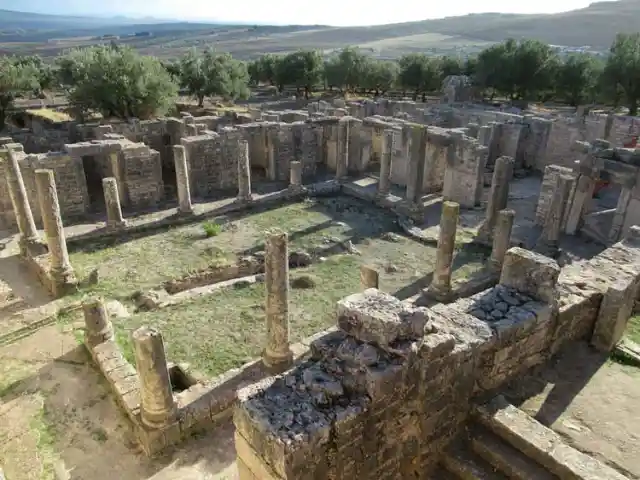
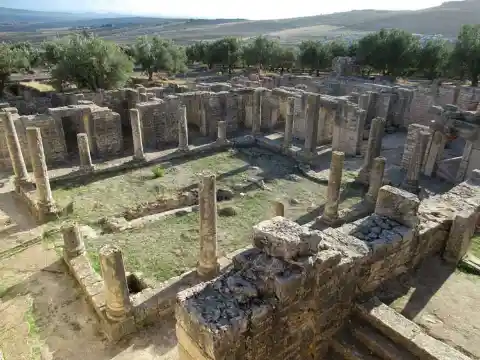
The Maurya Empire took over India and the surrounding lands after Alexander the Great passed away, as he had left a vacuum of both power and influence. This made the Maurya Empire the first (and the biggest) Indian Empire in history: a great feat for all of those involved during this ancient time.
It was amazing how people could create such architecture during a period when modern technology was lacking; in fact, the buildings are some of what this empire is most known for.
The Umayyad Caliphate


This Chinese dynasty used to occupy more than 2.32 million square miles of land, and to make things even more impressive, a total of 57 million people lived under this dynasty’s reign. That is a lot of people when you consider that 325 million live in the United States alone!
Depending on the city selection, that would be half of the country in today’s times! Back when the world was simply made up of fewer people, this dynasty was absolutely massive.
The Ming Dynasty
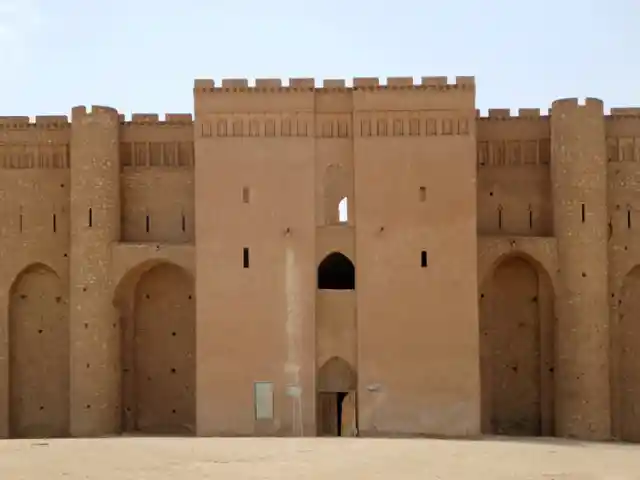
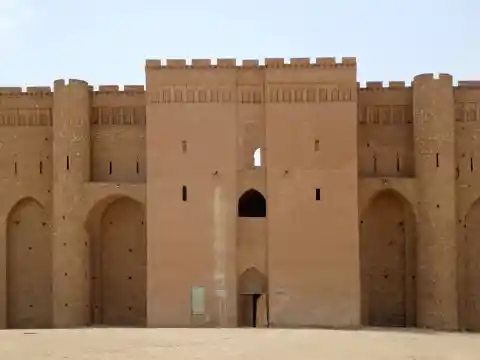
The Umayyad Caliphate is the fifth largest contiguous empire to ever exist, and what made it stand out from the rest is the fact that this empire had one of the best administrations that the world ever has seen. What Umayyad achieved is something rulers still tip their hats to, considering the time.
Can you imagine being in charge of an empire as prestigious and influential as this one? No, we definitely can’t either.
The Sasanian Empire

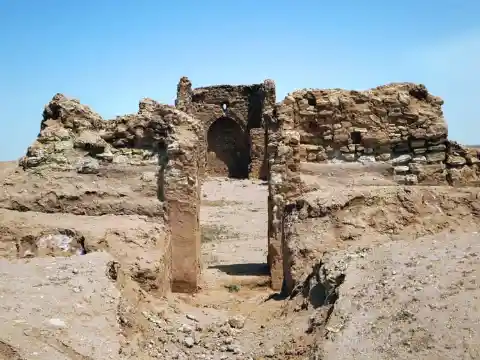
At its peak, the Ming Dynasty ruled over more than 2.51 million square miles. This happened back in 1450, but unfortunately, the Ming Dynasty collapsed because of an economic breakdown and multiple natural disasters. This is somewhat inevitable for many particularly large dynasties, but that didn’t make the downturn easier.
The Ming Dynasty is widely known for its ties with the west as well as its era of cultural influence in literature, art, and other areas.
The Eastern Han Dynasty


Another massive empire that made a big footprint in history is the one ruled by the Sasanians. This empire spanned over 2.55 million square miles at its peak, and it is known for being the last Iranian empire before the rise of Islam. It was conquered by the Islamic caliphate.
If you include all of the seas surrounding the empire, you can imagine how they were so famous for their rule of both the land and the water.
The Russian Empire

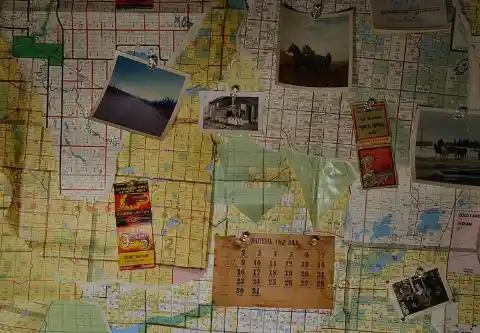
When it comes to large and influential dynasties, the Han have got it covered. This dynasty survived for more than 200 years, and what makes it different from all the others is that the Eastern Han Dynasty survived through multiple rulers and a difficult economic crisis, avoiding collapse (unlike other Hans).
It is extraordinarily rare for a large empire or dynasty to survive through the death of its founding ruler, but the Eastern Han managed just fine.
The Mongol Empire
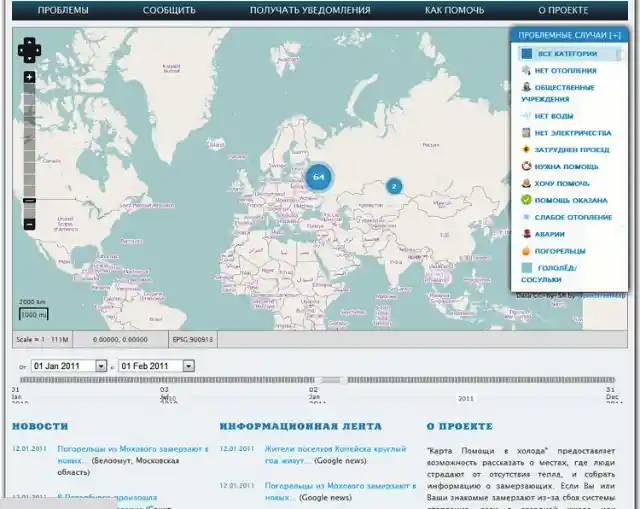
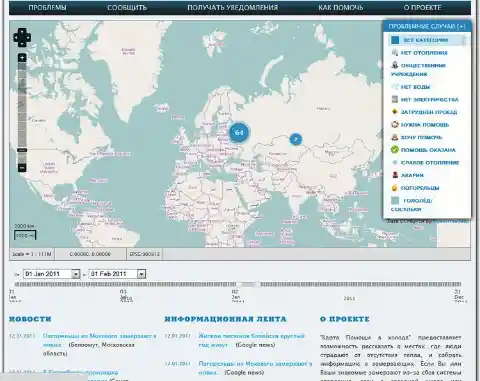
The Russian Empire lasted from 1721 until 1917, when the Russian Revolution happened. The impressive thing about the Russian Empire is that at one point in time, it stretched from Eastern Europe across Asia and into North America. If you’re unfamiliar with geography, that is a massive chunk of the globe.
Russia is the largest country in the entire world. It covers over 11 time zones and is the only country to reside in two continents: Asia and Europe.
The Tibetan Empire

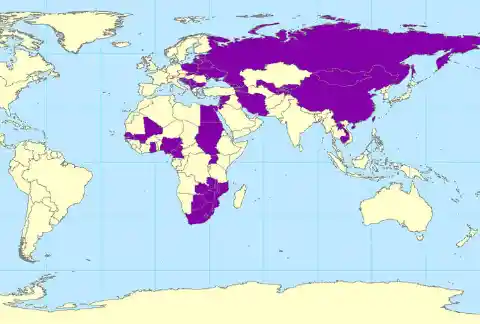
The Mongol Empire started in the 13th century, and it lasted all the way until the 14th. The empire was ruled by none other than Genghis Khan himself, and it covered more than 22% of the Earth’s surface. The Mongol Empire was a force to be feared, and rightly so!
If you are not sure about the warrior Genghis Khan, just know that he united northeastern tribes throughout China and had nine wives along with about a dozen kids.
The Tang Dynasty
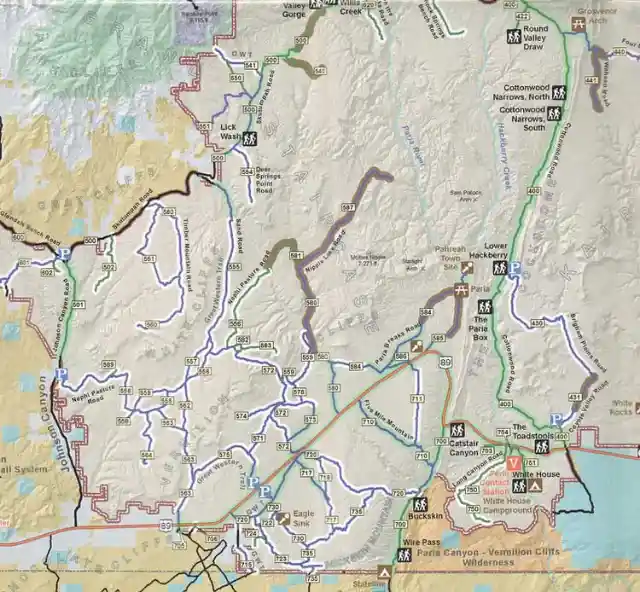
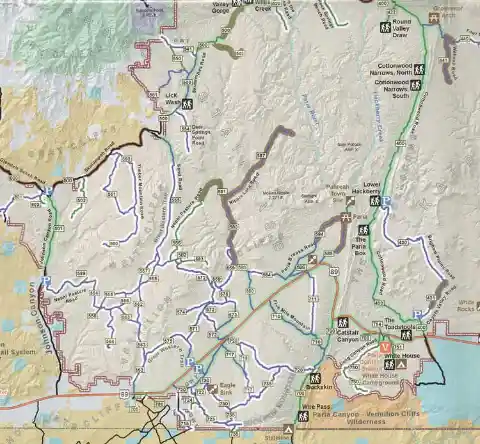
Back in 800 AD, the Tibetan Empire ruled over more than 3% of the Earth’s surface. One of the most impressive things about the Tibetan Empire is that thanks to the diplomatic knowledge of its rulers, the empire survived for more than 200 years. That’s quite a long time for an early civilization.
The map alone reveals how massive this empire was during its prime, stretching across a vast swath of the inhabited globe.
The British Empire


The Tang Dynasty ruled over more than 3.6% of the total inhabited surface of the world, and it lasted for almost three centuries (619–907 AD). In addition, the Tang Dynasty encouraged art, and poets such as Li Bai and Du Fu are believed to have lived under this dynasty’s rule.
This notable empire has nothing to do with the delicious orange-flavored drink from the early 1990s. Rest in peace, Tang.
The Ottoman Empire
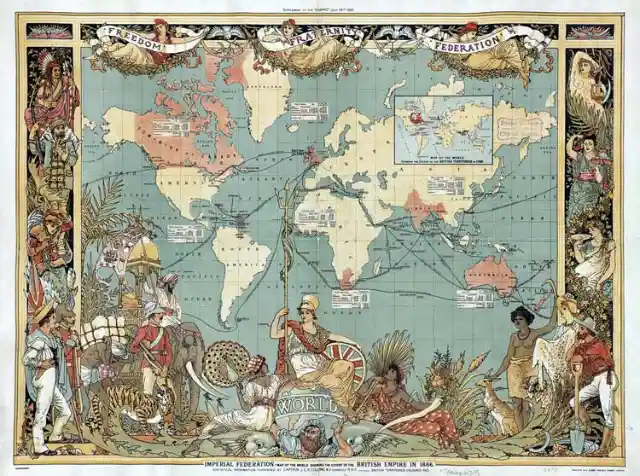
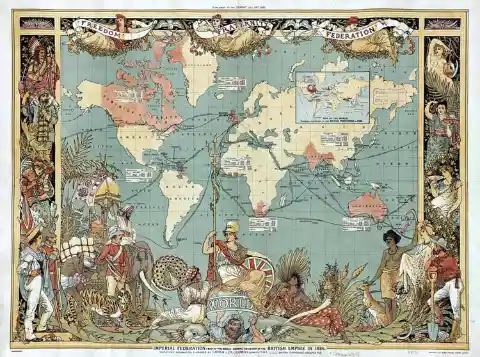
The British Empire covered 33.7 million square kilometers back in 1922, and it had the biggest population of all empires to ever exist. Not just that, but the British Empire was also very rich, with a world GDP of 35.9% ($1,111 billion back in 1870, which would still be impressive now if we’re being honest).
This enormous empire still rules over several lands, from islands down in the Caribbean to Australia and New Zealand. Long live the queen?
The Spanish Empire
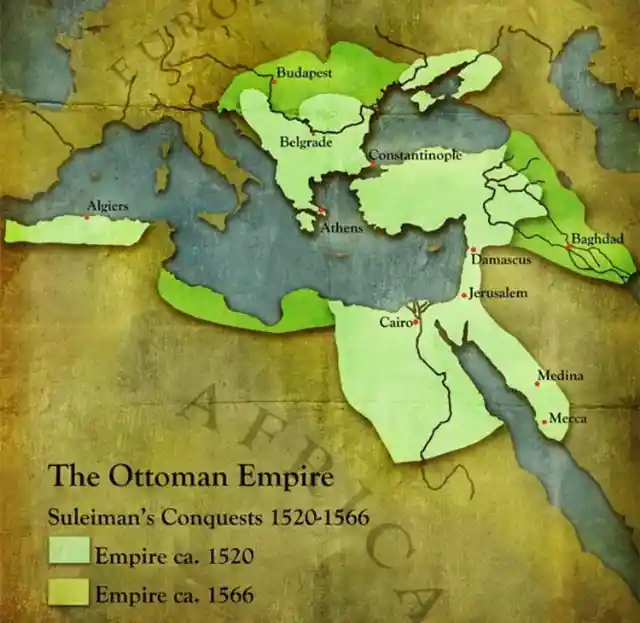
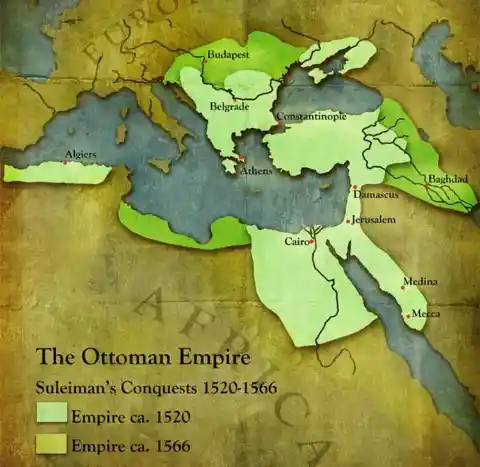
Right off the bat, the Ottoman Empire ruled a large part of the world for seven centuries! The Ottoman Empire is known for things such as its legal system and also for organizing a local jurisprudence system. However, the most impressive thing is that the Ottoman Empire spanned across three continents.
It was first created in 1299, and Constantinople was the capital. This bustling city was a hub of global trade and activity.
French Colonial Empire
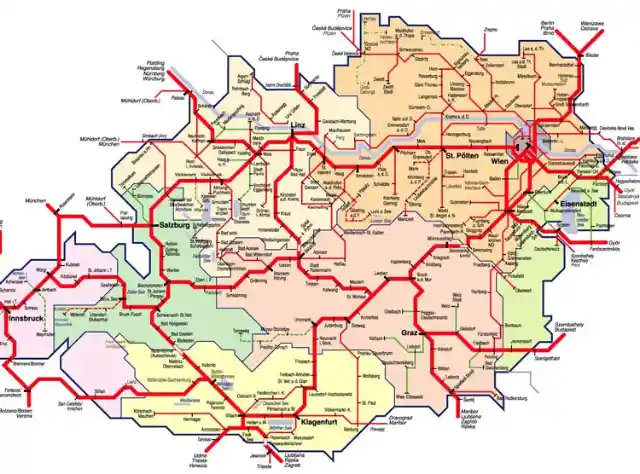
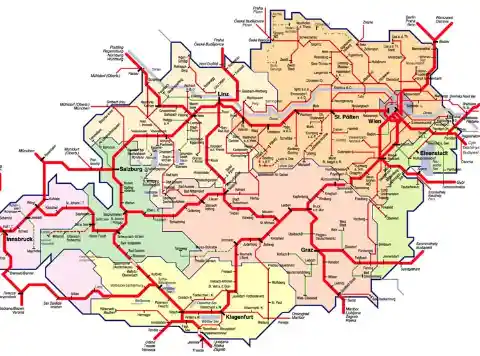
Of course the Spanish Empire had to make a list of the greatest empires in history. Why? The Spanish Empire ruled over 10% of the world at its peak. It is described as the first global empire in history and dates back from the 15th century to the 19th century. This empire spanned from Europe to the New World and Africa.
The Spaniards conquered the lands for thousands of years, having a prime location for both land and sea exploration.
Yuan Dynasty
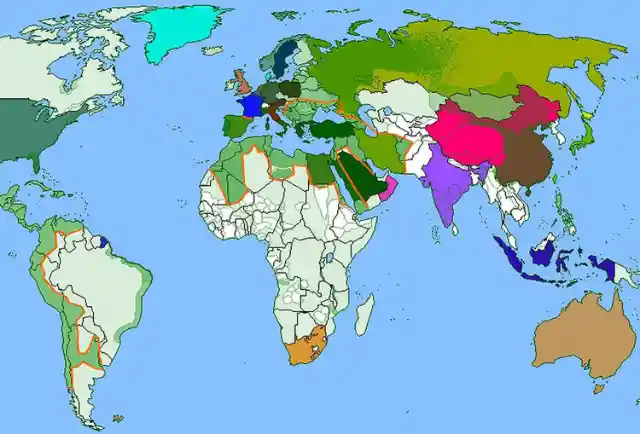
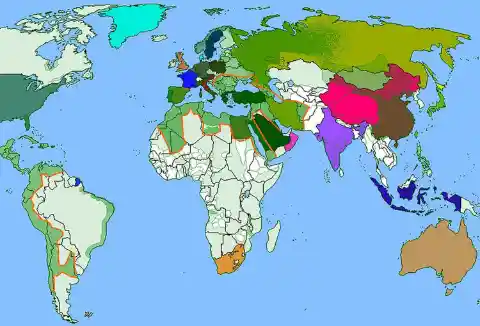
In 1939, the French Colonial’s Empire had a population of 110 million people, and this spanned over their land that measured over 4.4 million square miles. This empire contained territories and protectorates that France ruled. Although the massive conglomerate that was French Colonial space was formally disestablished in 1980, its effects remain today.
Even though it lasted only 40 years, which is quick in comparison to other empires, it was powerful. The French had lasting cultural impacts on the areas they occupied.
The Brazilian Empire


When it comes to powerful and formidable dynasties, it seems like nowhere builds them quite as well as the region around Asia major does. This dynasty was known as the first foreign-ruled dynasty and eventually led to the conquering of northern China. The Yuan Dynasty, the Great Yuan, was ruled by Ghengis Khan’s grandson, Kublai Khan, from 1271 to 1368.
The area that this junior conqueror ruled was populated by over 10,000 households and covered most of modern-day China.
The Indo-Greek Kingdom
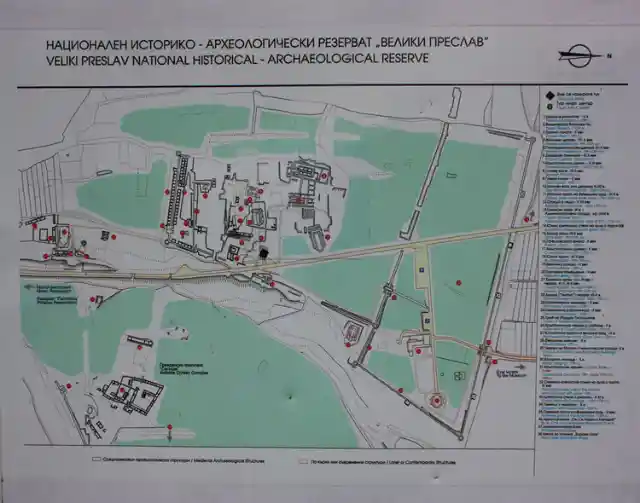

The Brazilian Empire hung on for about 60 years starting in 1822. The leaders of this massive empire were the monarchy of Brazil, and they controlled not only modern day Brazil, but also territories in Uruguay. Not only is that a huge amount of land, but Brazil became its own empire after declaring independence from Portugal.
The king of Brazil was Pedro II, and he was the second and last king Brazil ever had. Nowadays the country looks quite a lot different.
The Empire of Harsha


This empire spread from Afghanistan to northern Pakistan and India. The kingdom started in 180 BCE and ended around 10 AD. During this time, this huge empire was ruled by over 30 kings. The reason this kingdom is called Indo-Greek is because the culture was a combination of Indian and Greek culture.
Because this empire was so powerful, a lot of its influences are still seen today. For example, the Greco-Buddhist art that came from this culture is still common.
The First French Empire
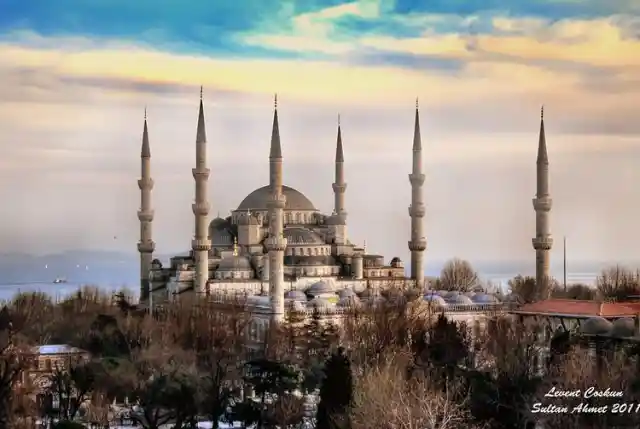
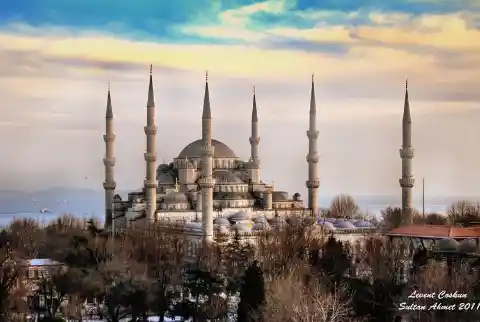
A part of the Vardhana Dynasty, the emperor Harshavardhana, or Harsha for short (and we can see why) ruled from 606 CE to 647 CE, and during his rule, he acquired over 5,000 elephants and a calvary of 20,000. This made his empire one of the nine biggest empires to ever rule India.
Harsha was also known to be a very humble and practical leader, and he cared for the well-being of his soldiers and subjects.
The Incan Empire
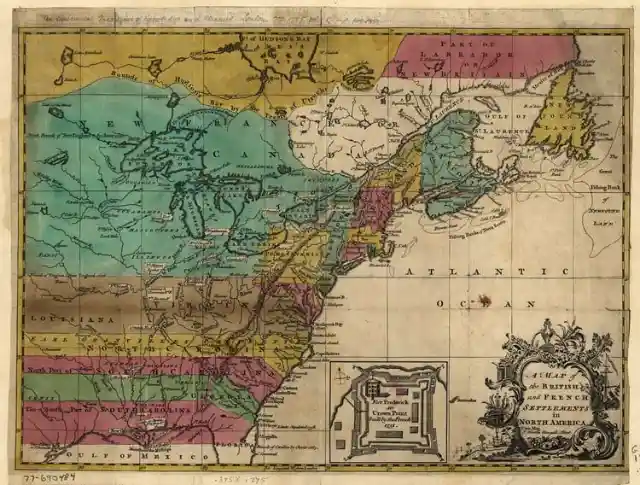
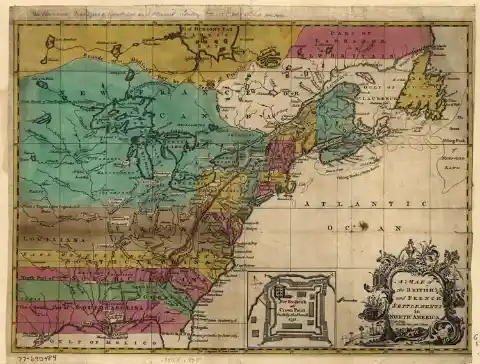
The infamous ruler Napoleon Bonaparte ruled during the First French Empire in the 19th century. This empire is also known as the Greater French Empire and the Napoleonic Empire, and at its peak, it ruled 44 million people and had a military presence in Germany, Italy, Spain and the Duchy of Warsaw.
This continued until Bonaparte’s fall at the Battle of Waterloo. Napoleon is also that three-flavored ice cream with chocolate, vanilla, and strawberry.
The Gupta Empire


The Incan Empire was the largest empire in the Americas before Christopher Columbus arrived, and the people of this culture created their magnificent empire even before the invention of the wheel or the help of powerful animals to help carry resources. This great empire fell to the Spanish in the 1500s.
To this day, many of their customs are a mystery. They were known for having advanced political structures as well as organized administration.
The Assyrian Empire


During the Golden Age of India, the Gupta Empire ruled most of the subcontinent of India under Chandra Gupta. This was a man that married a princess and declared himself the King of Kings. When his rule ended 10 years in, he transferred all that power to his son, and his son, Samudra Gupta, ruled for 45 years after that.
He was a fair and good ruler and believed himself to be a servant to his subjects. He was widely respected and is a notable historical figure.
The First Portuguese Empire


Historians call this empire the “First True Empire” because they were the first empire to conquer vast amounts of land with tactics and organization. They were known for their powerful army, and they ruled the Middle East and Egypt until their fall to the Babylonians. The name would later be adopted by other groups as well.
The Assyrian Empire that ruled during the Bronze Age began in 2500 BC and dissolved by 609 BC, which is a very long stretch of time for an empire.
The First Bulgarian Empire
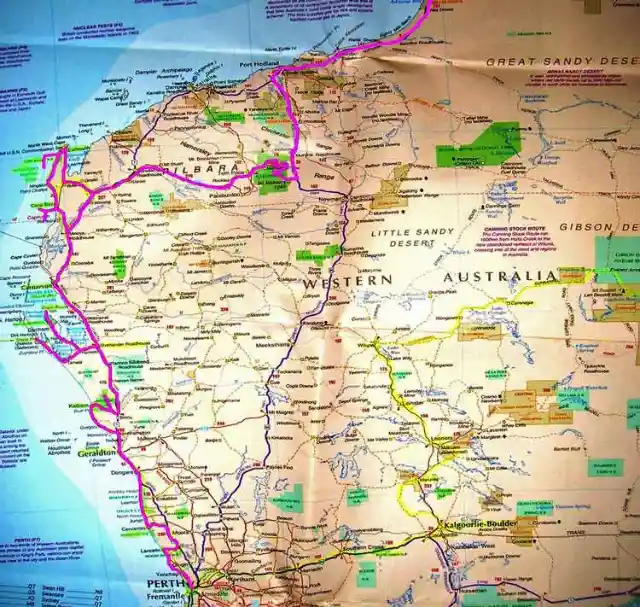
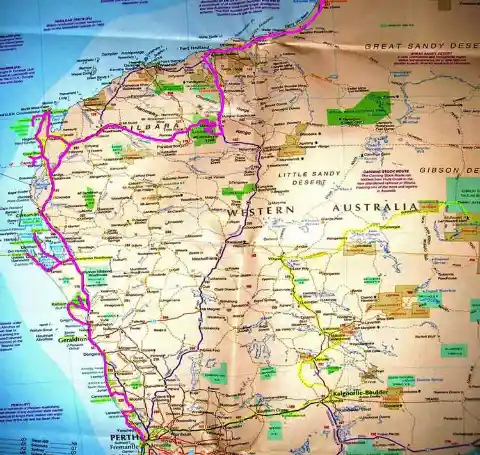
Prince Harry the Navigator funded the exploration and settlement of parts of South America, Africa, and Asia. Explorers came from the country of Portugal, and this sparked the Portuguese Empire, also known as the Portuguese Overseas or the Portuguese Colonial Empire, one of the most notable western European bodies in history.
Technically, this empire started in 1415 and only ended in 1999, when the Macau administration took back their North African city of Ceuta.
The Sumer Empire
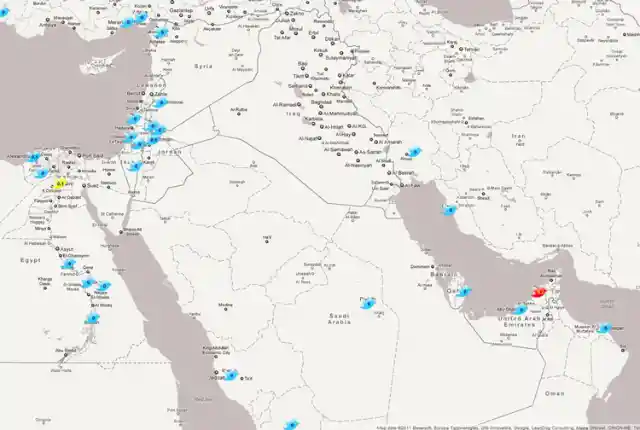
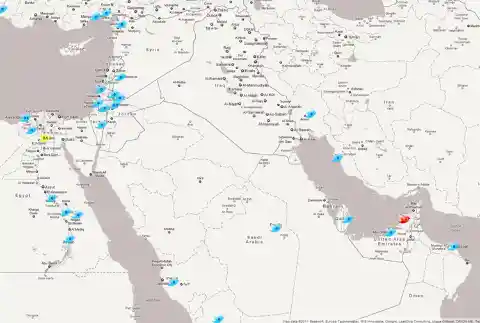
This medieval empire started between the 7th and 11th centuries and ended when it was merged with the Byzantine Empire. This annexation happened in 1185 AD. The initial rise of this empire was due to the leadership of the khan Asparukh. He led the Bulgars, a pagan tribe from Central Asia, where they were being exiled from.
On their way out, they conquered the province of Moesia. Over time, the Christian claim in Europe became too abundant for the Bulgarians to dismiss, and they eventually annexed to the Byzantine Empire.
The Lydian Empire
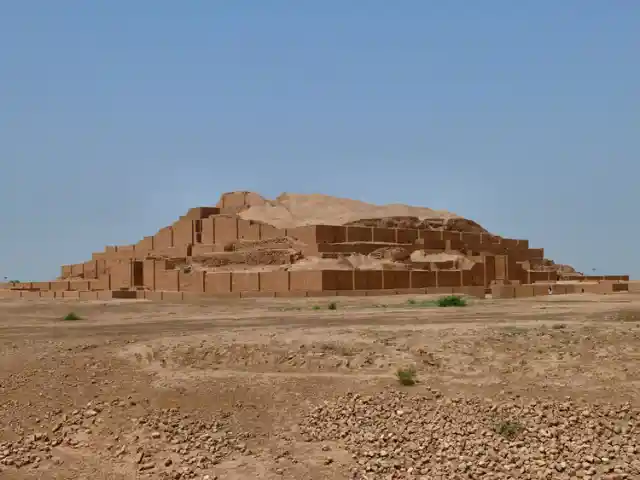

At its time, Sumer was the largest city in the world. This Mesopotamian empire was located in modern day Iraq and was known for its developments in agriculture. They are believed to be the first civilization to drain marshes to create farmlands, and they also began trading and industry establishment. This empire began in 5400 BC and boasted an impressive population of 40,000 to 60,000.
Within that population, they established a script known as Cuneiform. This is said to be the greatest achievement of this empire.
The Hunnic Empire
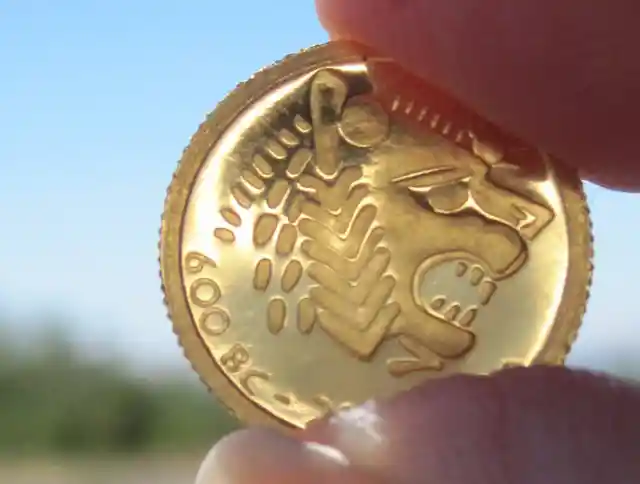
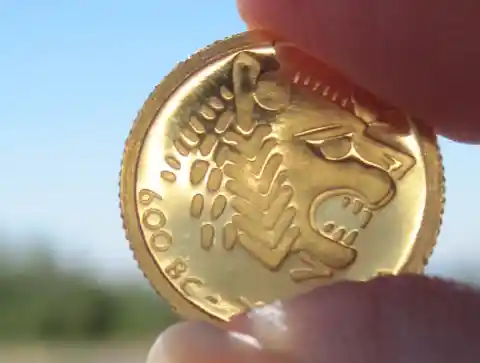
The Lydian Empire is most known for their use of coin. This is because this was the first civilization to ever use gold and silver coins for currency. This empire began in 1200 BC and ended 546 BC; it was alive and thriving during the Iron Age. Located in western Asia near Turkish provinces, Croesus, the extremely wealthy ruler of the Lydians, watched his reign end by the hands of the Persian Empire in 546 BC.
Ironically enough, the battle that ended this fierce and wealthy empire was provoked by none other than Croesus himself.
The Fatimid Dynasty
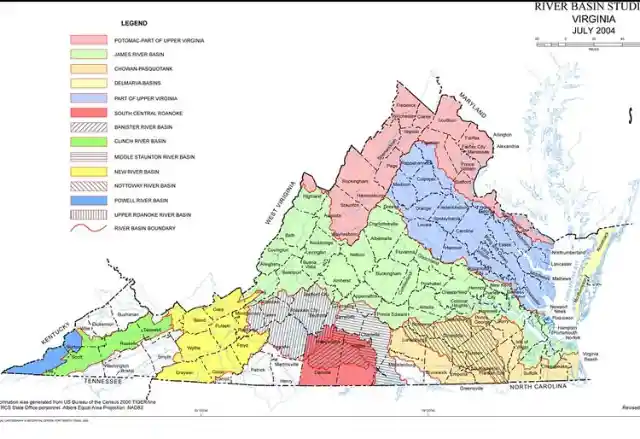
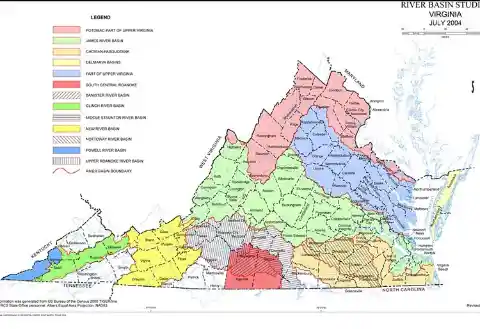
The intense and wild horsemen army of the Huns tried to take power over a large part of Europe, the Roman Empire, and China during the 4th and 5th centuries. Although their origin is unknown, this equestrian-based empire was known for their militant techniques that seemed wild and unplanned; however, their approach was to confuse their enemy.
They had no true king but followed their chieftains. Eventually a leader arose within, Attila the Hun, and gained a large following within their empire. When he died, the death of the Hunnic Empire shortly followed.
The Mughal Empire
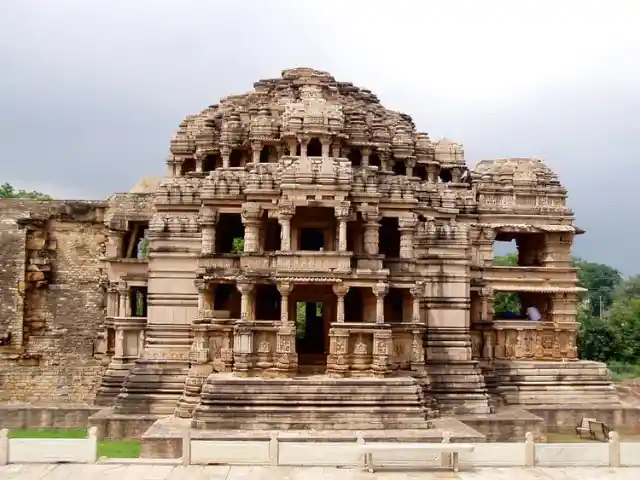

The Fatimid Dynasty was an empire built on politics in the Islamic religion. The goal of the Fatimids was to expand from their empire in the Middle East and North Africa to the east. At this empire’s peak, Cairo was established in 969 AD and became a major center for Islamic and Arabic culture. This became Fatamid’s capital.
The fall of the Fatimids came during the Crusades, when after a five-week siege in 1099, the Fatimids lost Jerusalem to the Crusaders.
The Italian Empire
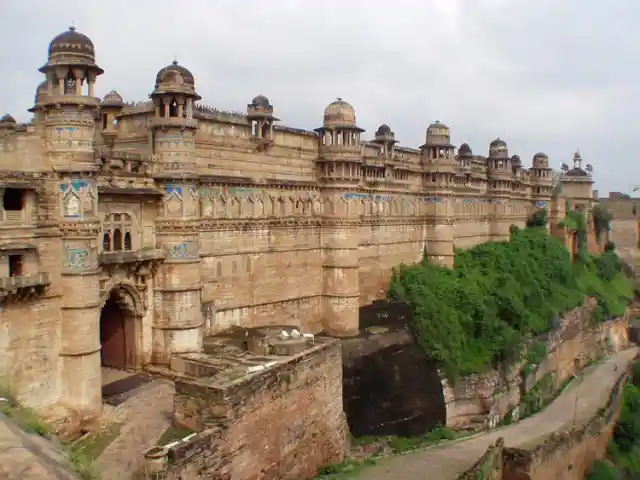

Reigning in South Asia, the Mughal Empire (or the Mogul Empire) was founded in 1526. This empire lasted for 300 years and was started by Zahir-ud-Din Muhammad Babur. By 1690, this empire ruled over 4 million square kilometers of land, which was the majority of India. That is a massive area, to say the least.
The end of this dynasty came in 1857, when the emperor Bahadur Shah Zafar was arrested, found guilty of treason, and exiled.
The Soviet Union
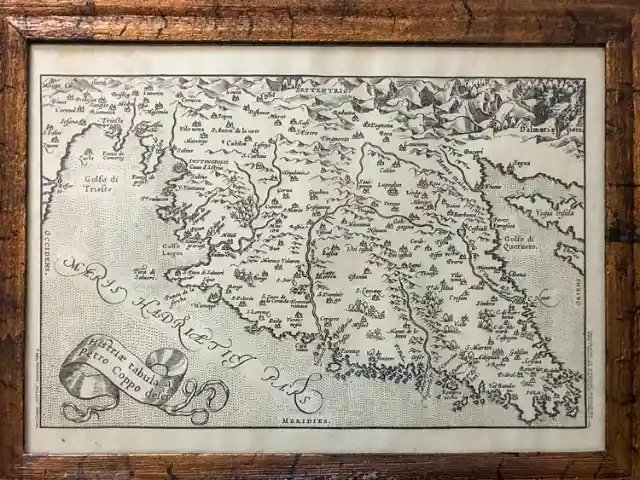
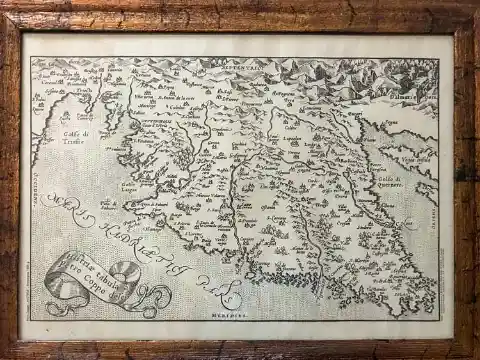
In 1861, the unification of Italy began under the belief that Italy had the right to gain territory around the world. This was heavily agreed with by Benito Mussolini. All the while, the entire world seemed to become a part of “the scramble for Africa,” and Italy, although late to the game, ended up staking their claim over more territory in Africa than Germany.
When World War II happened and Mussolini decided to side with Hitler, he had every intention to grow Italy’s territory even more, but with the end of WWII and the surrender of their side in 1943, the Italian Empire fell.
The Second German Empire

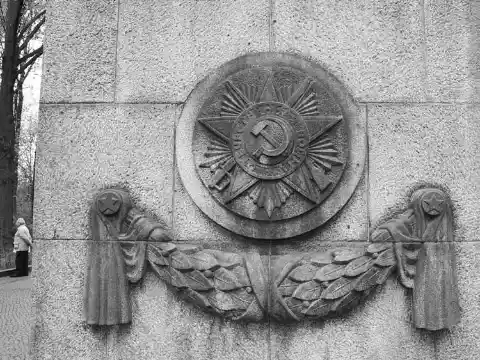
This was the world’s first Marxist-Communist state and was, at its peak, one of the world’s most powerful nations, covering one-sixth of the entire world. This empire began at the end of the rule of Russia’s Czar Nicholas II, marking the Russian Revolution. The Soviet Union eventually gained a dictator by the name of Joseph Stalin, who caused the worst man-made famine in history.
In 1991, the leader of the Soviet Union decided to allow elections with multi-party systems, which eventually led to the fall of the Soviet Union.
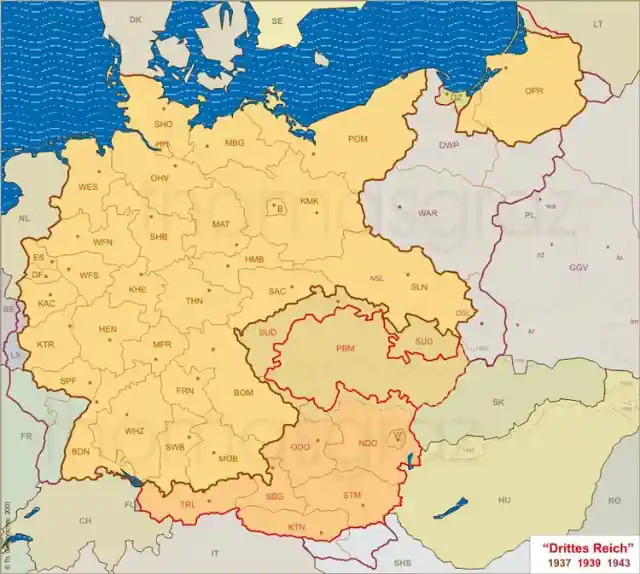
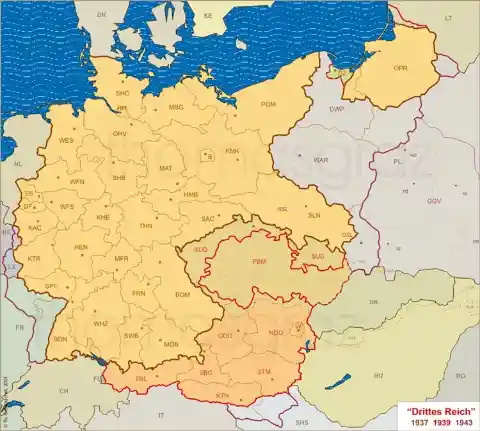
Long before the Nazi regime claimed the German party, another empire was infamous throughout the area. The German Empire began in 1871 and is also known as the Second Reich. This empire began over the unification of Germany and all of its territories after Germany defeated France in the Franco-Prussian War.
Otto von Bismarck was the first Reichskanzler of this empire, and Prussia (occupying more than three-fifths of the area of Germany and having approximately three-fifths of the population) remained the dominant force in the empire until its demise at the end of World War I.